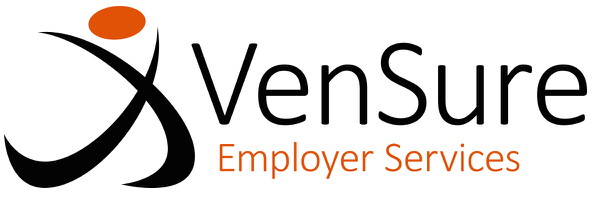Title Page
-
Conducted on
-
Prepared by
-
Location
-
Personnel/Task/Role
Eyes
-
Work related exposure to:
- Airborne dust
- Flying particles
- Blood splashes
- Hazardous liquid chemicals
- Intense light
-
Can hazard be eliminated without use of PPE
Face
-
Work related exposure to:
- Hazardous liquid chemicals
- Extreme heat/cold
- Potential irritants
-
Can hazard be eliminated without use of PPE
Head
-
Work-related exposure to:
- Beams
- Pipes
- Exposed elect wiring or comp
- Falling objects
- Machine parts
-
Can hazard be eliminated without use of PPE
Hands/arms
-
Work-related exposure to:
- Blood
- Irritating chemicals
- tools or materials that could scrape, Bruise, or cut
- Extreme heat/cold
-
Can hazard be eliminated without use of PPE
Feet/Legs
-
Work – related exposure to:
- Explosive atmospheres
- Explosives
- Exposed electrical wiring or components
- Heavy equipment
- Slippery surfaces
- Tools
-
Can hazard be eliminated without use of PPE
Body/Skin
-
Work – related exposure to:
- Chemical splashes
- Extreme heat/cold
- Sharp or rough edges
-
Can hazard be eliminated without use of PPE
Lung/Respiration
-
Work – related exposure to:
- Irritating dust or particulate
- Irritating or toxic gas/vapor
-
Can hazard be eliminated without use of PPE
-
Note: there are other hazards requiring PPE (such as respiratory, noise, fall, etc. hazards), that are not included in this volume of the PPE guide but will be covered in future volumes (see WAC 296-62 for respiratory and hearing protection and WAC 296-155 for fall protection for further assessment). However, you should consider all hazards when you conduct your hazard assessment. See a list of other WISHA rules (in "how to use this guide") for information regarding PPE for specific workplaces.
Ears/Hearing
-
Work – related exposure to:
- Loud noises
- Loud work environment
- Noisy machine/tools
- Punch or break presses
-
Can hazard be eliminated without use of PPE
-
Note: there are other hazards requiring PPE (such as respiratory, noise, fall, etc. hazards), that are not included in this volume of the PPE guide but will be covered in future volumes (see WAC 296-62 for respiratory and hearing protection and WAC 296-155 for fall protection for further assessment). However, you should consider all hazards when you conduct your hazard assessment. See a list of other WISHA rules (in "how to use this guide") for information regarding PPE for specific workplaces.












